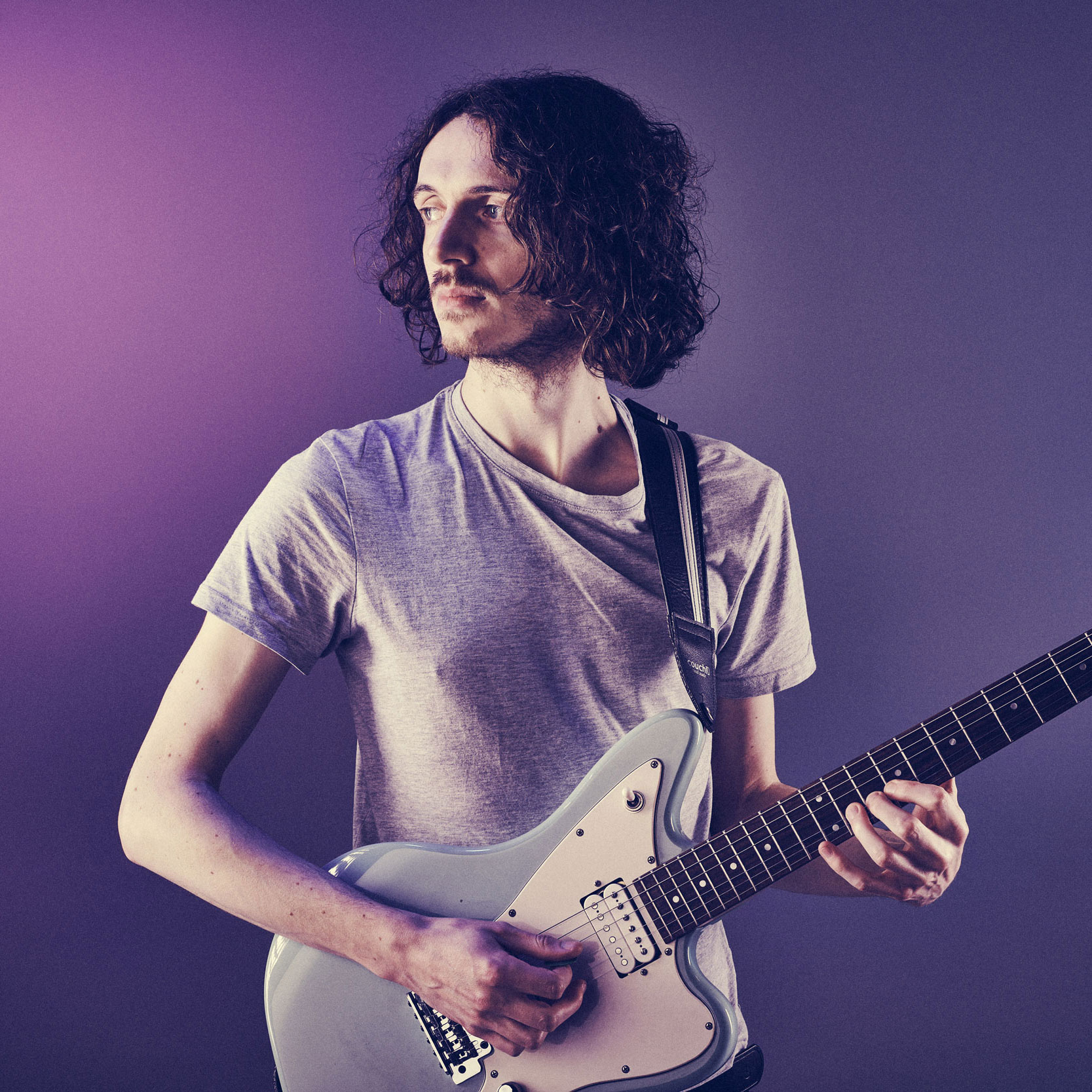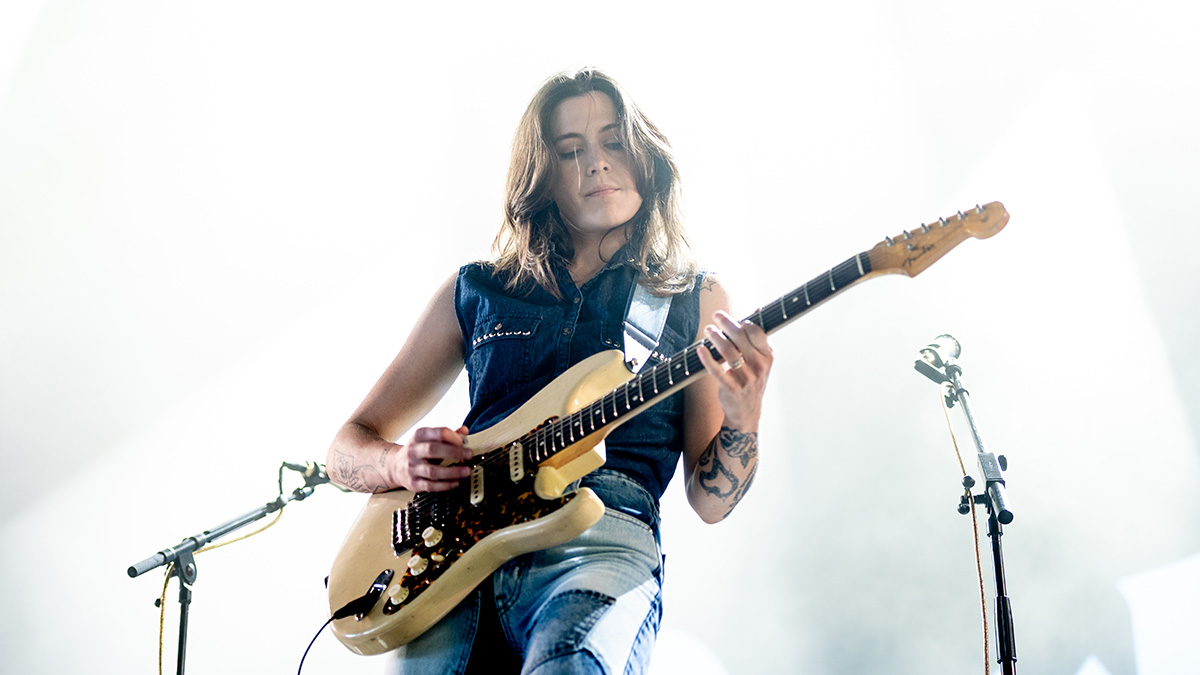Wolfgang Van Halen used his father’s original Frankenstein guitar on the upcoming Mammoth WVH album
Eddie Van Halen’s iconic electric appears on two tracks from the hotly anticipated effort – and you’ve probably already heard them

Wolfgang Van Halen has been very open about his desire to not simply replicate the style of his late father and beloved guitar hero, Eddie Van Halen. But while the songwriting on his forthcoming Mammoth WVH debut proves that Wolfgang is very much his own artist, he couldn’t resist digging out one of his dad’s old favorite guitars for a couple of key moments.
In a new interview in the latest issue of Total Guitar, Wolfgang details the making of the highly anticipated record, which offers up a few gear surprises.
When questioned whether he used any of his father’s equipment, Wolfgang responds, “Yeah, a handful of it. I played the original Frankenstein on the solo on Mammoth and on Feel.
“You feel the history. It’s kind of terrifying holding it, just because arguably it is the most famous guitar in musical history. It’s definitely quite the thing to hold it.”
However, as it turns out, Eddie didn’t have quite the same reverence for the iconic axe.
“When we were pulling it out of its safe, Dad picked it up and he was just noodling with it for a second,” Wolfgang continues.
“He’s like ‘Yeah, feels about the same’ and he tossed it onto the couch. Everyone just gasped when he did that. To Dad, it’s just a little piece of junk that he built himself, but to us it’s the most famous thing in the world.”
Get The Pick Newsletter
All the latest guitar news, interviews, lessons, reviews, deals and more, direct to your inbox!
Both Mammoth and Feel have already received official releases, which means we’ve all been listening to the Frankenstein on record without realizing it.
Otherwise, Wolfgang’s main guitars for the recording were a Gibson ES-335 – as seen in the video for Don’t Back Down – as well as an EVH Wolfgang Custom. But when it came to amps, he was conscious to differentiate his tone from his father’s.
“That was probably the one area that we made a collective effort to not replicate Pop,” he says.
“We did use a bunch of 5150s mostly, but there were also Marshalls – a red early-’70s 100 watt Superlead, and a ’72 Superlead metal-panel 1959 model. All the Marshall heads were modified with extra gain stages. We used a lot of cabinet variations, with Celestion G12H-30s, G12M-25s, and G12-EVHs just to contrast the sound.”
For the full interview, as well as an in-depth feature on Eddie Van Halen’s legacy and how he continues to shape the sound of guitar playing today, pick up a copy of Total Guitar from Magazines Direct.

Mike is Editor-in-Chief of GuitarWorld.com, in addition to being an offset fiend and recovering pedal addict. He has a master's degree in journalism from Cardiff University, and over a decade's experience writing and editing for guitar publications including MusicRadar, Total Guitar and Guitarist, as well as 20 years of recording and live experience in original and function bands. During his career, he has interviewed the likes of John Frusciante, Chris Cornell, Tom Morello, Matt Bellamy, Kirk Hammett, Jerry Cantrell, Joe Satriani, Tom DeLonge, Ed O'Brien, Polyphia, Tosin Abasi, Yvette Young and many more. In his free time, you'll find him making progressive instrumental rock under the nom de plume Maebe.










